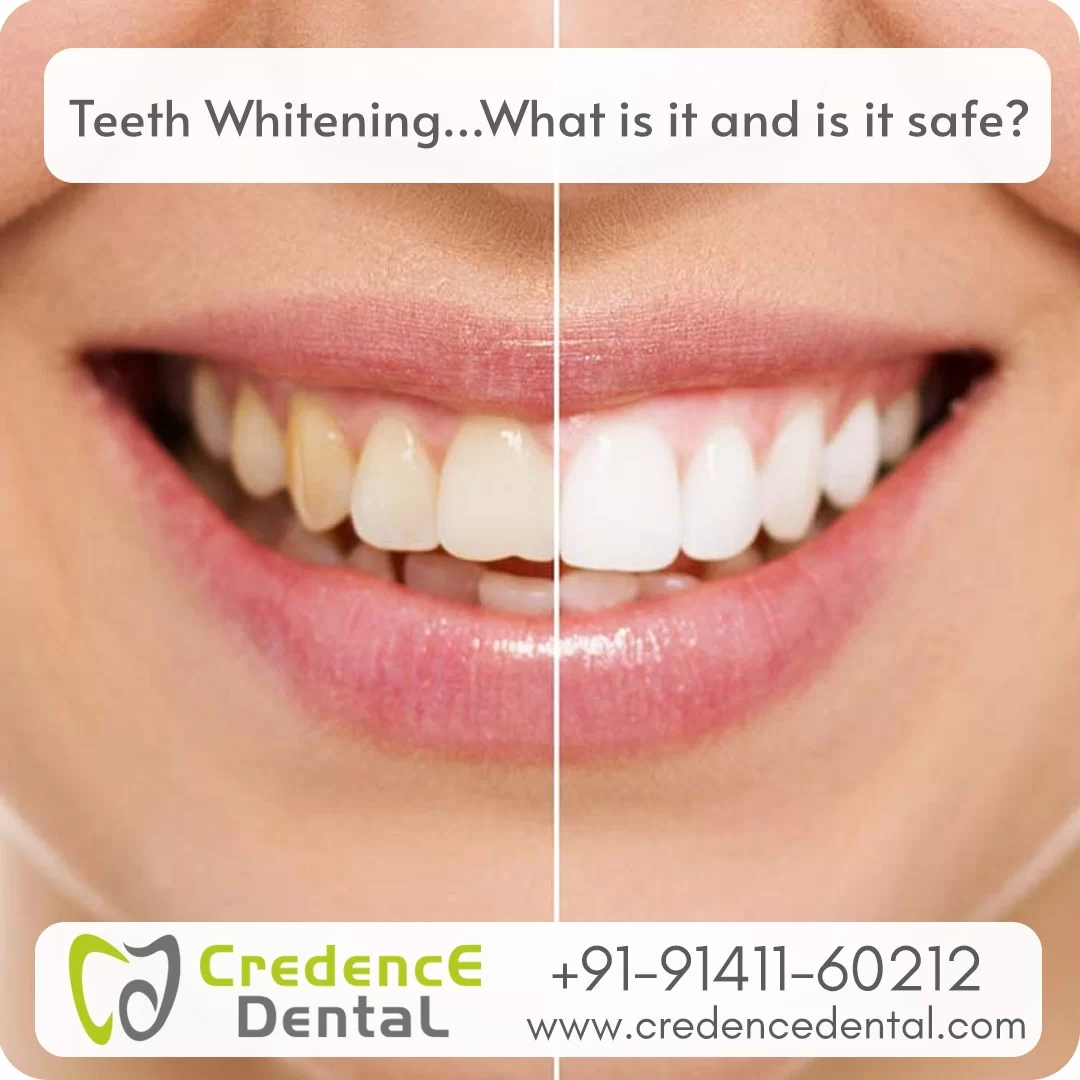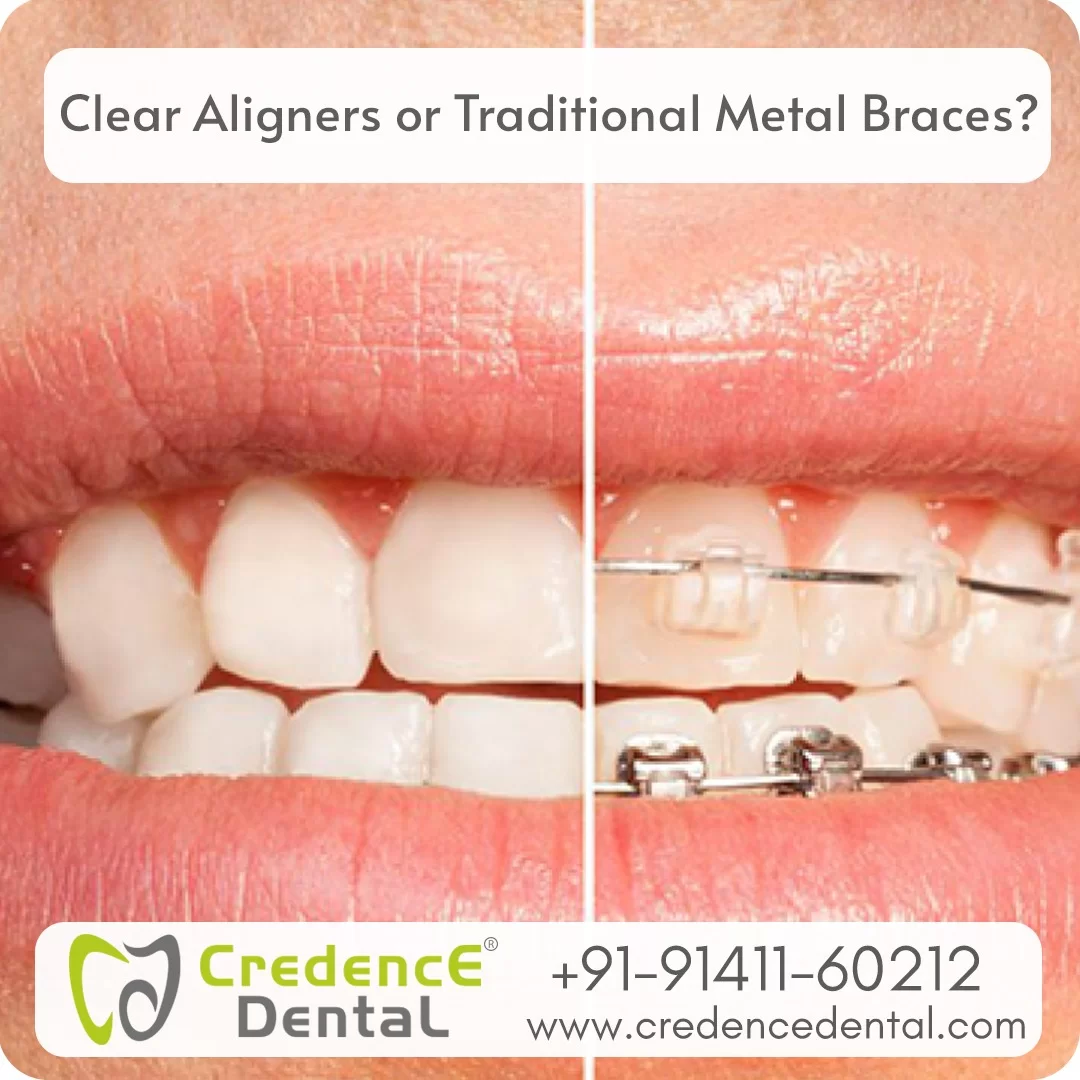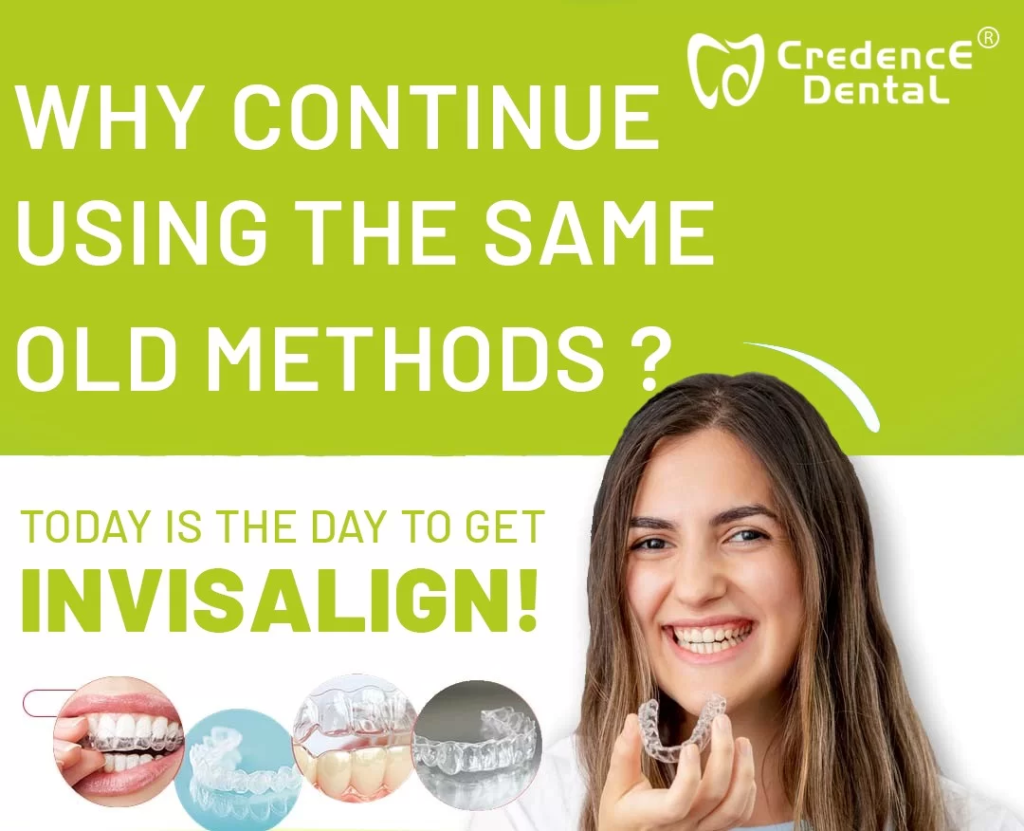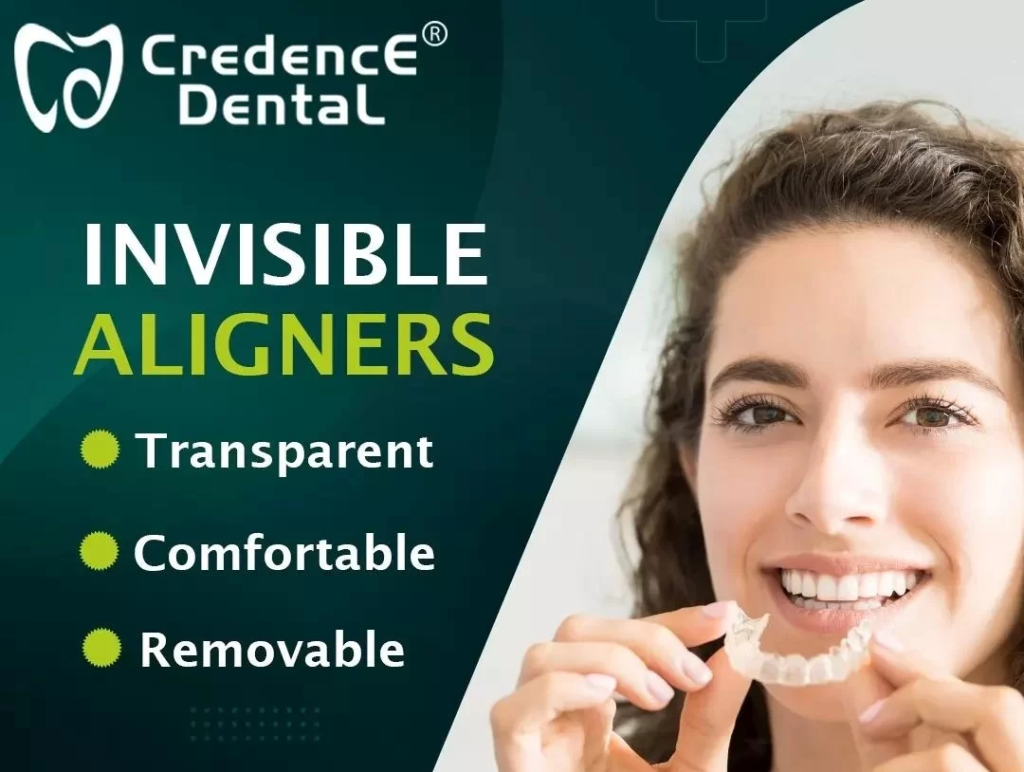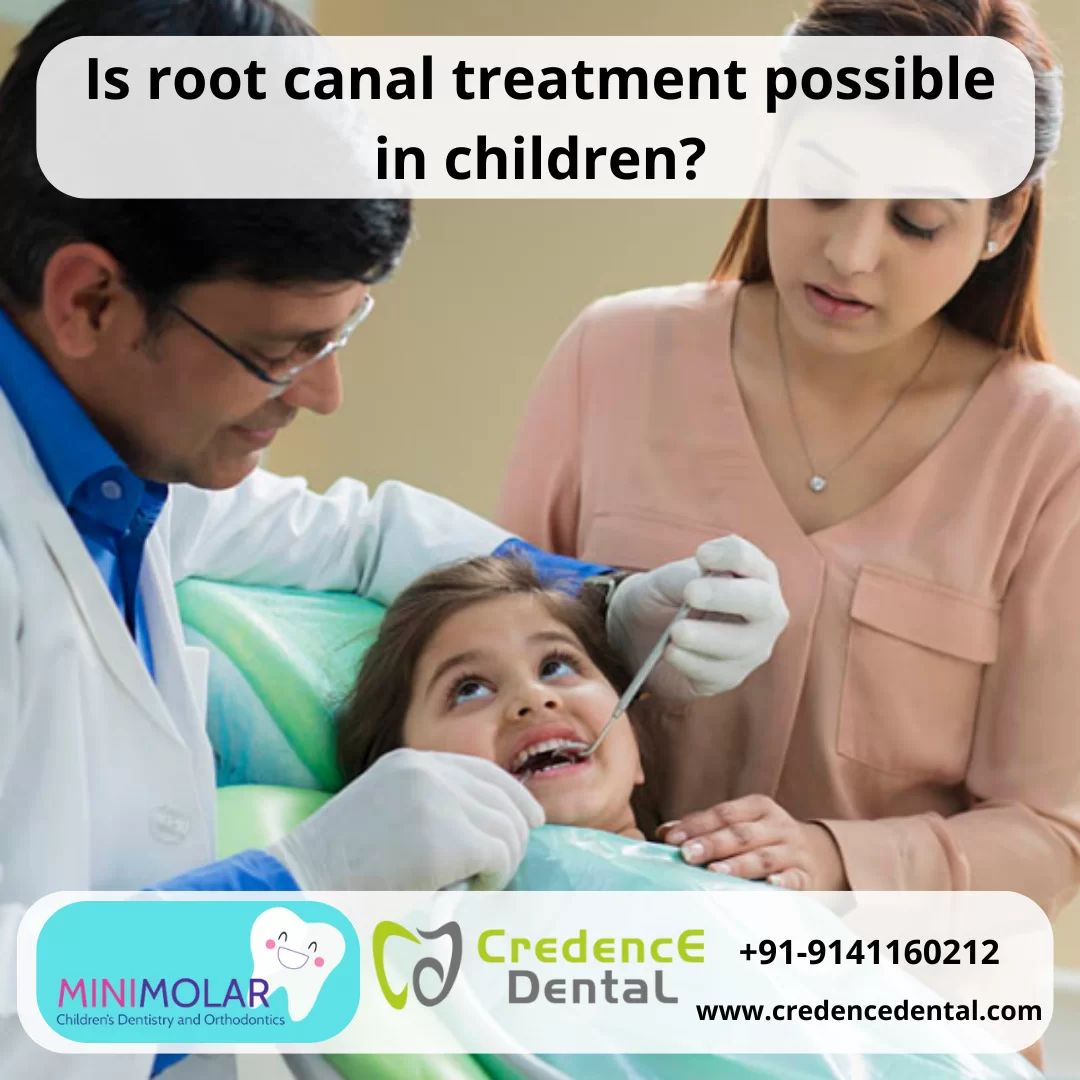Do you have any missing teeth? One of the best aspects of living in today’s environment is that missing teeth is no longer a problem. You don’t have to live with gaps in your smile any longer. There are a variety of tooth replacement methods available, with dental implants being the most popular option due to its many advantages. However, before you commit to dental implants, you should consult with a reputable implant dentist. Here are a few things to be on the lookout for:
- Experience in Dental Implant Placement Surgery
Choose a dental implant specialist who is experienced in the dental implant placement procedure. You should visit dentist who has done it before and has had good results. You will feel considerably more confident on the day of your surgery if you are dentist has lot of past experience.
- Photos of the Before and After
Dental implants can help you restore the health of your smile, but you also want to be sure that they look good. You should be proud of your smile so that you can flaunt it. You can get a better idea of what to expect from your procedure by looking at some before and after images of the dentist’s past work. You should be pleased with what you see!
- Advanced Dental Education
It is advantageous to seek a dentist who has the kept himself updated with the latest advancements in implant dentistry by attending additional educational opportunities. Your dentist can keep their knowledge and skills sharp by taking continuing education classes. This is where prestigious dentistry institutes and organizations come in handy. As a result, you may rest assured that your dentist is up to date on all of the latest procedures and technologies.
- Patient Feedback
It’s a good idea to check at some online reviews to discover more about what you may expect from a particular dentist. You want to discover what prior patients had to say about the dental implant procedure with the dentist in question. Look for a dentist who has a large number of thorough, positive reviews. It’s a positive sign if you see a lot of them.
- Request a Consultation
You will be able to schedule a consultation with the dentist you are considering before committing to the procedure. During this time, you can ask any questions you may have and observe the dental team’s working environment.
You’re making an investment in your smile, so find a dentist you can trust!
This way, you’ll be able to proudly display your repaired smile in no time! These are some of the tips for finding the right implant specialist.
Dr. Pavan of Credence Dental is the Best Dental Implant Specialist with over a decade experience in Dental Implant and Dentures. He has treated many patients successfully for ages 30yrs to 80yrs.
Call us or Whatsapp us at +91-9141160212 to book your appointment today






